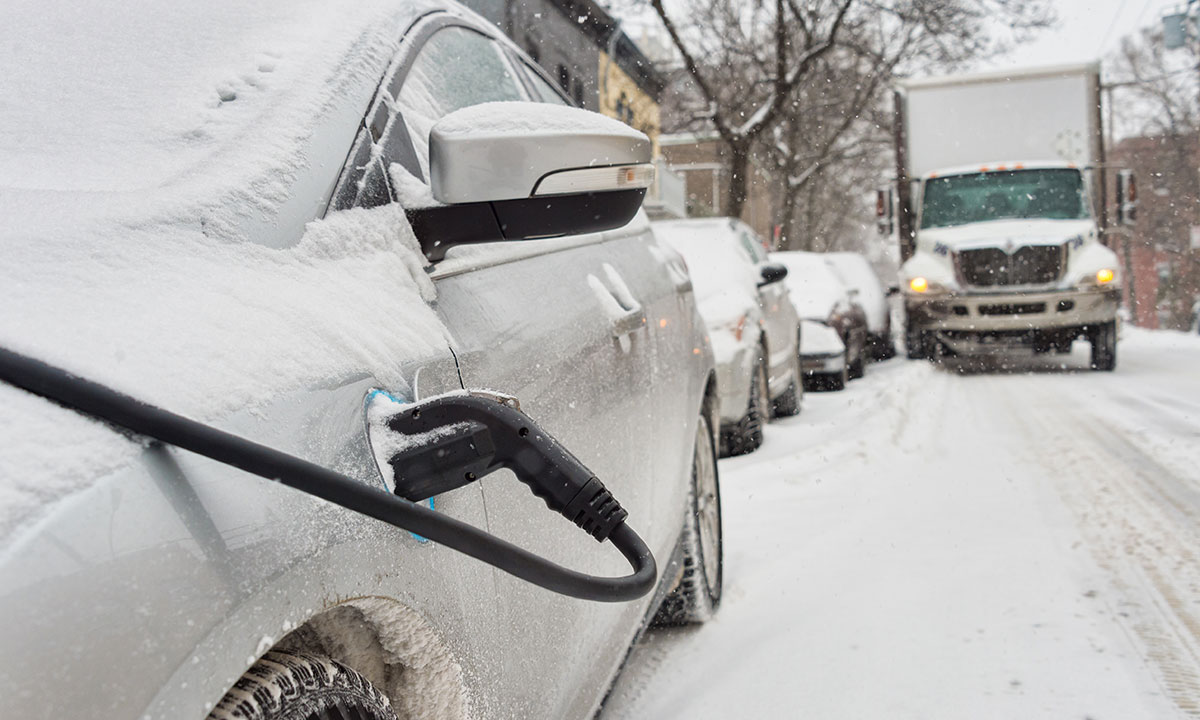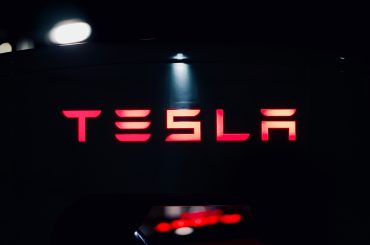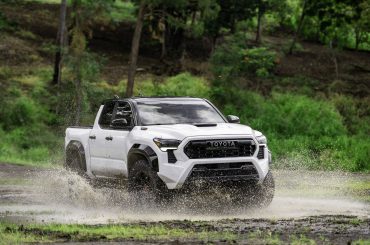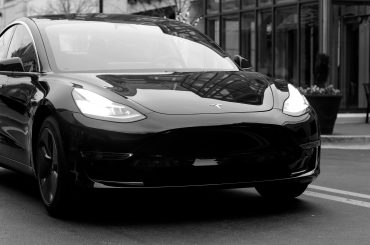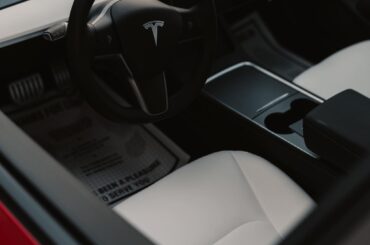EV guide in relation to weather
Electric vehicles (EVs) are becoming increasingly popular as a more environmentally-friendly alternative to traditional gasoline-powered vehicles. However, one concern that some people have about EVs is how they perform in cold weather. In this article, we will explore the effects of cold weather on EVs and discuss some strategies for dealing with these effects.
The most obvious thing that cold weather does to EVs is cut the range of the battery. This is because the battery’s chemistry changes at lower temperatures, which reduces its capacity to store and release energy. Also, as it gets colder, the amount of energy needed to heat the car’s interior goes up, which also decreases the range. According to a study by the U.S. Department of Energy, an EV’s range can be reduced by as much as 41% in extreme cold weather conditions.
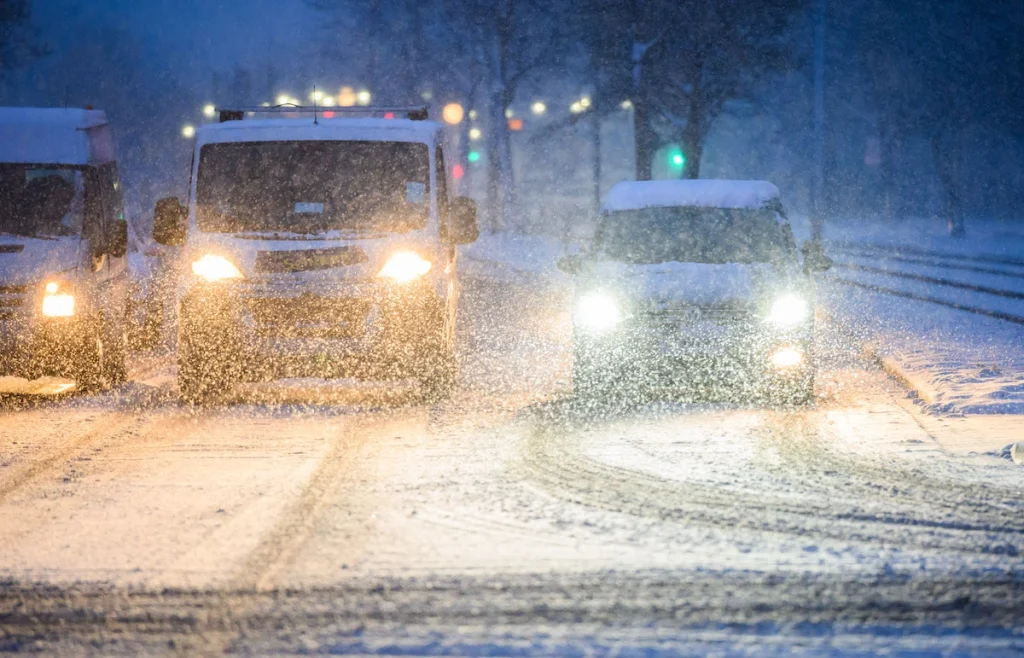
Another issue that can arise in cold weather is that the car’s battery may not charge as quickly. This is because colder temperatures can slow down the chemical reactions that take place within the battery, which reduces its charging speed. Also, the cold can make the charging equipment break or work less well.
Another thing to consider is that cold weather can cause the EV’s tires to lose pressure more quickly. This is because the colder temperatures cause the air inside the tires to contract, which reduces their pressure. This can lead to poor handling and reduced fuel efficiency.
EVs can be less damaged by cold weather by using a pre-conditioning system. This is a feature that allows the car’s battery and cabin to be heated before the driver gets in the car. This can help increase the battery’s range and make the car more comfortable to drive. Some EVs also have a feature that allows the car to be remotely started, which can also be used to pre-heat the car before getting in.
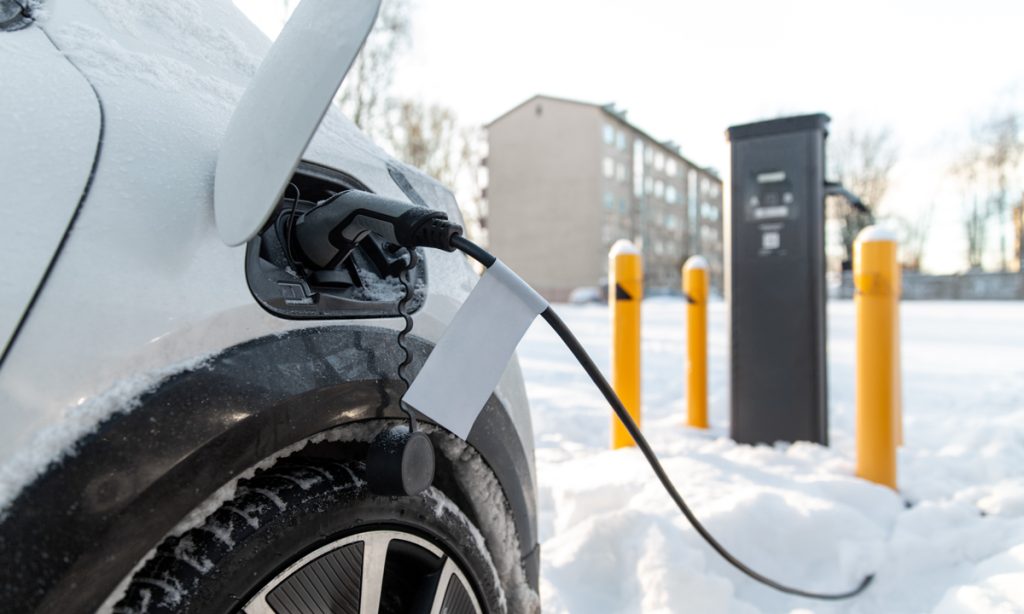
Another strategy for dealing with cold weather is to use an indoor or underground charging station. These charging stations are typically located in warm, insulated environments, which can help to keep the battery and charging equipment at a more consistent temperature. This can help to reduce the effects of cold weather on the battery’s range and charging speed.
In cold weather, it is also essential to make sure that the EV’s tires are properly inflated. This can help to improve the car’s handling and fuel efficiency, and also to reduce the risk of a flat tire.
It’s also important to note that the charging speed of an EV will be affected in cold weather. The colder the temperature, the slower the charging speed will be. For example, if an EV typically takes 8 hours to charge from 0 to 100% at room temperature, it could take up to 12 hours at freezing temperatures.
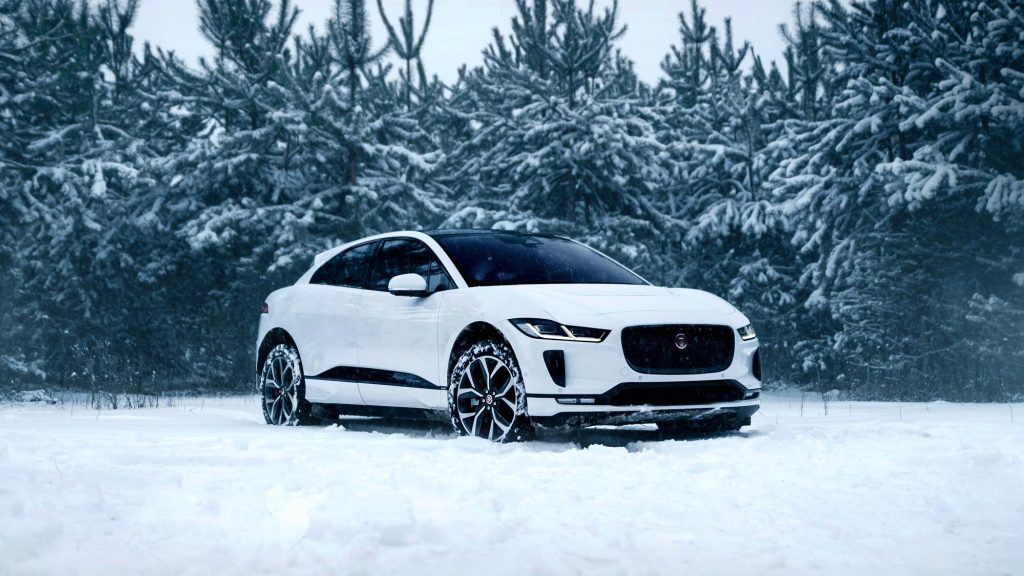
Overall, it is clear that cold weather can have a significant impact on the performance of EVs. However, by using strategies such as pre-conditioning the car, using indoor or underground charging stations, properly inflating the tires, and being aware of the charging speed, EV owners can mitigate these effects and ensure that their car performs well in cold weather.
In conclusion, electric vehicles are a great alternative to traditional gasoline-powered vehicles, but they do have some limitations in cold weather. The colder temperatures can reduce the battery’s range, slow down the charging speed, and cause the tires to lose pressure more quickly. However, by using pre-conditioning, indoor or underground charging stations, properly inflating the tires, and being aware of the charging speed, EV owners can mitigate these effects and ensure that their car performs well in cold weather. It’s also important to keep in mind that as the technology is advancing, manufacturers are looking for ways to improve the performance of EVs in cold weather, so in
the future, we can expect to see even more advanced solutions to these issues.
One of the most promising solutions is the use of solid-state batteries, which are less affected by temperature changes than traditional lithium-ion batteries. Additionally, the use of advanced thermal management systems can also help to maintain a more consistent battery temperature, which can improve the car’s range and charging speed.
Another thing to consider is that cold weather can affect the EV’s charging infrastructure, causing it to malfunction or operate at a lower efficiency. As a result, it is critical to use charging stations designed specifically for use in cold weather conditions.
Lastly, it’s important to know about the different weather-related problems that can happen with EVs. For example, when it’s cold outside, you need to take extra steps to keep your car from freezing or getting damaged by ice and snow. Additionally, it is essential to be aware of the possibility of black ice on the roads, which can cause the car to skid or lose control.
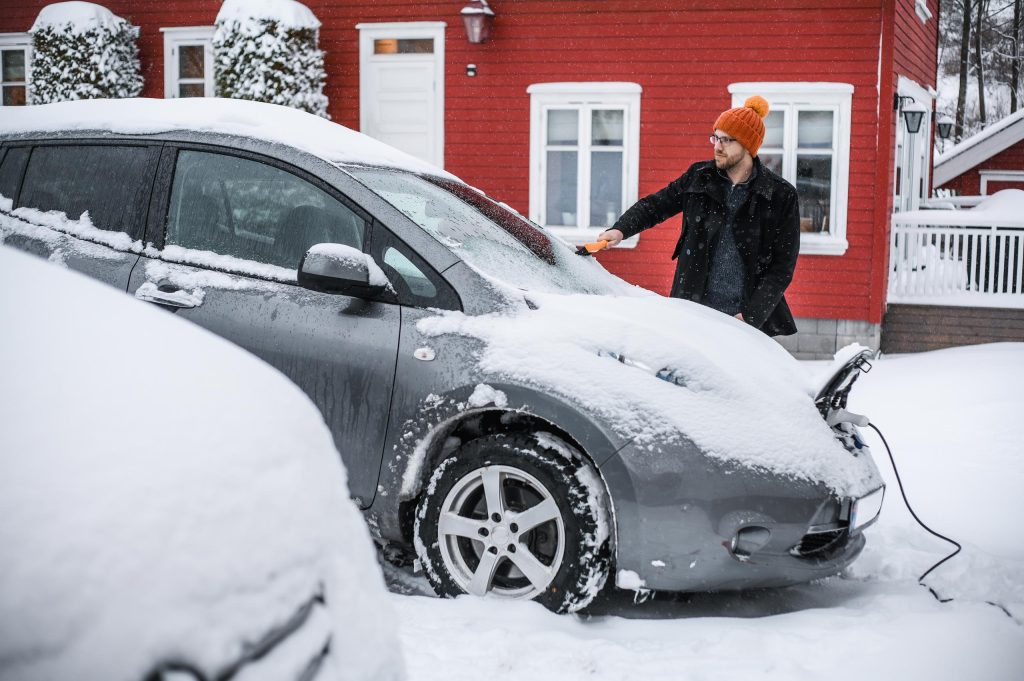
In conclusion, electric vehicles are a great alternative to traditional gasoline-powered vehicles, but they do have some limitations in cold weather. However, by using pre-conditioning, indoor or underground charging stations, properly inflating the tires, and being aware of the charging speed, EV owners can mitigate these effects and ensure that their car performs well in cold weather. Additionally, advancements in technology such as solid-state batteries and thermal management systems, as well as the use of charging infrastructure specifically designed for cold weather, are expected to improve the performance of EVs in cold weather in the future. It is essential to be aware of the weather-related hazards that can affect EVs, and take appropriate precautions to ensure safety.


